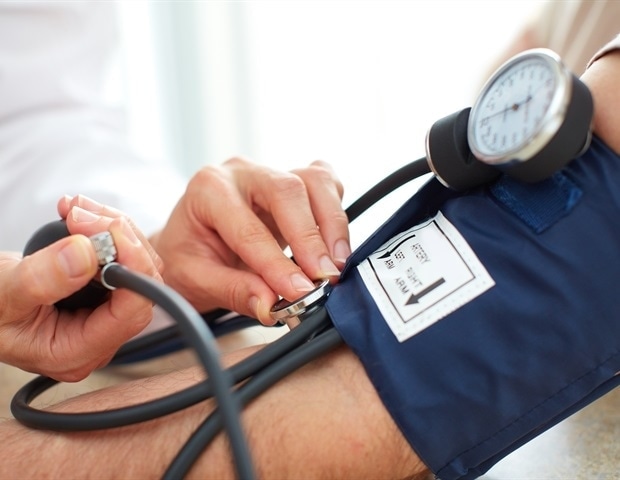New research from The University of Toledo College of Medicine and Life Sciences strongly suggests postural orthostatic tachycardia syndrome, or POTS, is an autoimmune disorder and may help pave the way for a simple blood test that could help physicians diagnose the condition.
POTS is characterized by large increases in heart rate and sometimes decreases in blood pressure when standing up. That can cause lightheadedness, heart palpitations and even loss of consciousness. In addition to fainting, POTS patients also regularly suffer from a litany of additional symptoms, including fatigue, pain, gastrointestinal issues, bleeding disorders, anxiety and brain fog.
About 3 million Americans are believed to be affected, but because of its wide-ranging and seemingly unrelated symptoms, POTS is notoriously difficult to identify.
The trouble with diagnosing POTS is that it’s currently principally a clinical diagnosis. It’s based on history, the absence of other illness as well as the finding of increase in heart rate when standing. There is no blood test right now to aid in the diagnosis. It can be an incredibly frustrating process for patients.”
Dr. Blair Grubb, Distinguished University Professor of Medicine and Pediatrics in the UToledo College of Medicine and Life Sciences and director of electrophysiology services at The University of Toledo Medical Center
In the largest study of POTS patients to date, published Sept. 9 in the Journal of the American Heart Association, Grubb and UToledo research collaborators found 89 percent of patients they examined had elevated levels of autoantibodies against the adrenergic alpha 1 receptor.
“People have suspected an autoimmune connection for years, and other small-scale studies have suggested it,” said Grubb, one of the world’s foremost experts in syncope and disorders of the autonomic nervous system. “We did a much larger cross-section of patients than has ever been done before, and found that almost all of them tested positive for autoimmune antibodies. That’s a significant finding.”
None of the 55 patients who participated in the study had another recognized autoimmune disorder. Fifty-two were female, with an average age of 30.
Researchers screened the patients’ blood for autoantibodies against nine receptors. A handful of patients showed elevated levels against all nine. But it was the prevalence of adrenergic A1 subtype receptor autoantibodies that make their findings so intriguing.
“I think that we have identified a biomarker. We now might have the ability to diagnosis this, or at least have an inkling. Like other autoimmune disease, we can take a blood sample and detect if there are increased levels of autoantibodies present. According to our results, autoantibodies against this particular receptor should be present in about 90 percent of patients with POTS,” said Dr. William Gunning, a professor of pathology in the UToledo College of Medicine and Life Sciences, and the paper’s lead author.
Gunning and Grubb say much more research is needed. However, this study adds significantly to the evidence that POTS is an autoimmune disorder — and it shows it may be possible to give physicians unfamiliar with the condition an easy way to test for it.
“What this does is prove the concept,” Grubb said. “Other studies had used very expensive research tests. What we used are the same kind of testing methods that would be used by regular hospitals. We wanted to do something that would potentially be a test applicable to the general population, not just a research test.”
While Gunning and Grubb caution they’re still investigating the precise methods by which POTS is established, their study does raise the possibility that existing immune modulating medications could be a viable therapeutic method for some patients.
GunningIII, W.T. et al. (2019) Postural Orthostatic Tachycardia Syndrome Is Associated With Elevated G‐Protein Coupled Receptor Autoantibodies. JAHA: Journal of the American Heart Association. doi.org/10.1161/JAHA.119.013602.
